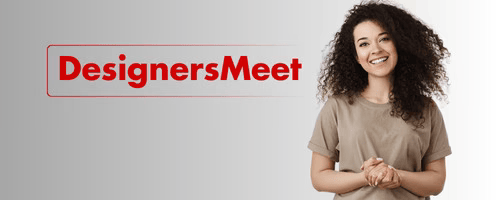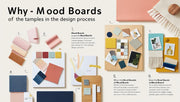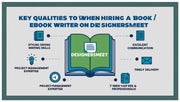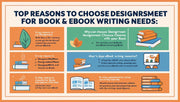A mood board is a powerful visual tool that helps designers explore ideas, define aesthetic direction, and communicate visual themes. Whether you're designing a brand, website, or product, a mood board serves as a creative compass that aligns your vision and sets the tone for the entire project.
In this blog, we’ll explore how to effectively use mood boards in the design process and why they’re essential for creative clarity and collaboration.
What is a Mood Board?
A mood board is a collage of images, colors, textures, typography, and other visual elements that express the look and feel of a design concept. It’s often created during the early stages of a project to capture inspiration and guide design choices.
Keyword Highlight: mood board, visual inspiration, design planning tool
Why Mood Boards Matter in Design
Mood boards help:
-
Clarify your creative vision
-
Align your team and stakeholders
-
Explore different aesthetic directions
-
Save time in later stages of design
They act as a visual blueprint before jumping into the actual layout or interface work.
Keyword Highlight: creative direction, visual blueprint, design alignment
Types of Mood Boards
There are two main types:
-
Digital Mood Boards: Created using tools like Canva, Figma, or Pinterest.
-
Physical Mood Boards: Made by pinning printed visuals, fabric swatches, or paper samples on a board.
Both are effective, depending on the project needs and team preferences.
Keyword Highlight: digital mood board, physical mood board, mood board examples
How to Create a Mood Board Step-by-Step
1. Define the Project Goals
Start by understanding the purpose of the design project—brand redesign, product launch, website UI, etc.
Keyword Highlight: design project goals, brand direction, creative objectives
2. Collect Visual Inspiration
Gather images, color palettes, fonts, patterns, and illustrations that reflect your desired style. Use platforms like:
-
Pinterest
-
Behance
-
Dribbble
Keyword Highlight: visual inspiration sources, design research, creative mood board content
3. Organize the Content
Arrange your selected elements in a cohesive layout. Group similar colors and styles together to build a clear visual story.
Keyword Highlight: mood board layout, visual storytelling, design organization
4. Refine and Share
Review with your team or client. Use their feedback to fine-tune the board and finalize the design direction.
Keyword Highlight: design feedback, collaborative mood board, visual review
Best Tools for Creating Mood Boards
-
Milanote – Tailored for designers and creatives
-
Pinterest – Great for saving and organizing visual ideas
-
Canva – Beginner-friendly with drag-and-drop features
-
Figma – Ideal for mood boards with interaction capabilities
Keyword Highlight: best mood board tools, design inspiration tools, digital design platforms
Tips for Effective Mood Boards
-
Stick to 1–2 themes to avoid visual clutter
-
Use high-resolution images
-
Be intentional with every element you include
-
Ensure it reflects your client’s goals or brand identity
Keyword Highlight: mood board tips, creative mood board, effective design planning
Conclusion
A well-crafted mood board brings structure and vision to your design journey. It helps set expectations, fosters creativity, and builds a strong foundation for design execution. At DesignersMeet.com, we encourage designers to start every project with a thoughtful mood board to keep inspiration focused and strategic.




